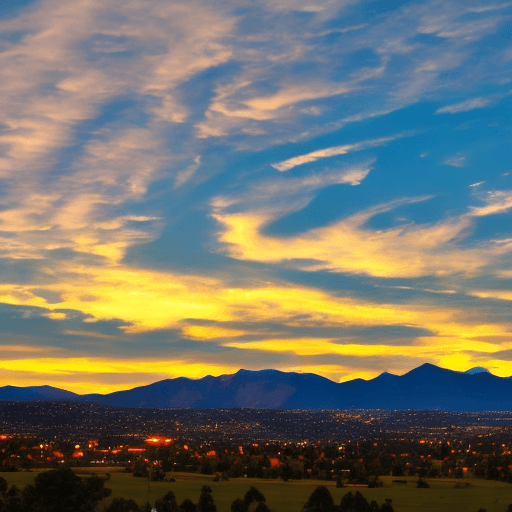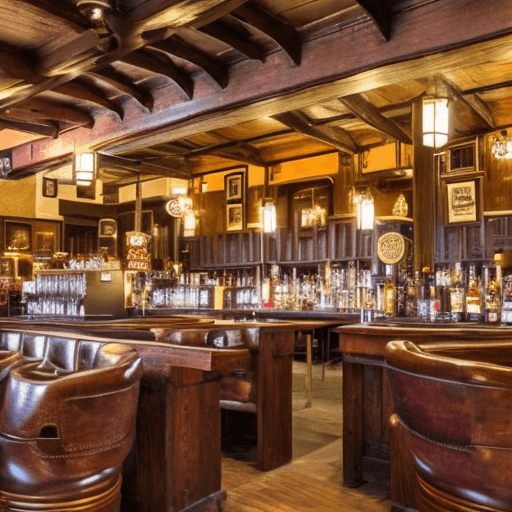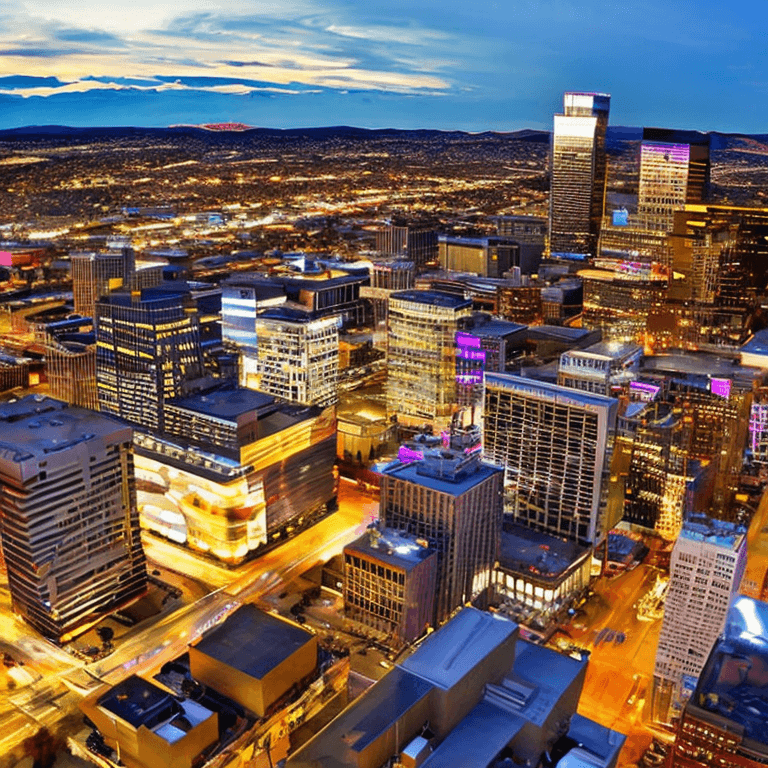The History of Denver
Denver's past is filled with individuals and events that have shaped the city. From the gold rush through its revival following oil.
Early Denver was a crossroads where people traveled between the Rocky Mountains and Great Plains. Evidence from archaeology at prehistoric sites of indigenous people suggests that people of different cultures mixed and interacted here.
Gold Rush
The Gold Rush of 1849, or the first boom in gold in Denver, was a significant moment in the city's history. Many people came to the area seeking fortune and a fresh start in life.
Clear Creek and Gilpin Counties were the first counties to discover gold west of Denver. Several prospectors made successful strikes in the area, such as George Jackson in Idaho Springs and John Gregory in Cherry Creek.
However, these discoveries weren't enough to reenergize the gold rush. To attract new miners it took a lot publicity. The boosters included William N. Byers, editor of Denver's first newspaper, the Rocky Mountain News, started campaigns to attract gold seekers.
Over 100,000 men had already left their homes in Kansas and Nebraska to cross the plains to Colorado's mountain region by spring 1859. They were referred to as "Fifty-Niners."
Some searched for the gold in gulches like Clear Creek or Gold Run in Boulder County. Others were more determined and sought out buried gold in the mountains of Colorado.
The first major gold discovery was made in the area around Central City by John Gregory, who was a Georgian. He was a red-haired, hard-working cracker with a keen eye to find the gold in his native country.
A number of other prospectors followed Gregory's lead and struck gold in the Clear Creek and Gold Run area. Prospectors who continued their search in the mountains were rewarded with the discovery of rich gold from the placer.
The gold rush created Colorado a major mining area and a railroad-dependent city. The city grew rapidly, eventually becoming the capital of the Territory of Colorado in 1881. Today, Denver is a vibrant city that is home to a myriad of parks, museums and other attractions that pay tribute to its storied past.
Silver Rush
Gold and silver mining was the primary economic engine of Colorado in the 19th century. It produced more than $1 billion in revenues and made a number early millionaires, including Nathaniel Hill and Horace Tabor.
In 1849, a group of California prospectors headed west to find their fortune. They found gold near Arvada and later discovered placer gold (veins embedded in the rock) at Cherry Creek. These discoveries were teasers, however, they piqued interest of a few Midwestern and Eastern investors who jumped aboard and started to explore the area further.
As the word spread, tens of thousands of men rushed to the northeastern region of Colorado in search of their fortune. They had a variety of reasons, including wanting a new start or having been involved in the conflict between the North and South.
However, some were motivated by the promise of wealth, because of their exposure to promotional literature, such as Horace Greeley's "Go West, Young Man." These men were also fueled by an insatiable desire for adventure.
Whatever their motivations they all found their fortunes in silver or gold mining. The discovery of silver in the 1860s, coupled with the Bland-Allison Act of 1878, which required Congress to buy 4.5 million silver ounces per month, raised the price of the metal considerably and enabled the development of more mines across the state.
Following the silver boom, however the economy slowed down and the majority of mining districts struggled to survive. Durango and Ouray in southwest Colorado continued to be strong, while others, such as Creede or Silverton in the San Juan Mountains, floundered.
Culture Rush
Denver is a cultural crossroads. Denver is the home of some of the top art institutions in the nation and museums that are world-class and honor the past and the present.
Denver Art Museum is a wonderful place to go, with an extensive collection that spans from prehistory to the 21st century. It is also just across the street from the Clyfford Museum, which houses the largest collection of American abstract expressionist art.
Denver transformed itself from a frontier town to an urban, prosperous city as the culture craze continued. This change was enabled by a new railway line that connected Denver with towns and cities across the country.
The new route also brought more money to the city, which led to an increase in population growth. At the time World War II started, Denver was the third largest city in the United States with a population of 322,000.
Another reason for the development of Denver was the development of the US Mint, which was constructed in the city in 1878. The mint is now a popular tourist destination and tours are available every day.
It is a must to visit the Molly Brown House, the home of Denver's first female mayor. The Victorian-style residence that was restored in Victorian style, provides an interesting look into Colorado's history and the present.
While the Gold Rush helped Denver to be recognized as a city but it wasn't without its challenges. Many of the people who left their homes in eastern America to find the riches of the west weren't well-prepared for the journey. They frequently traveled in wagons and were at risk of dehydration, starvation, and even death. These circumstances led to a widespread fear and xenophobia that led to the formation of the Ku Klux Klan.
Oil Boom
The oil boom of 1849 was the catalyst that brought Denver City into a new time. It was a time in which people traveled from around the nation to work in the oil fields. The boom led to a massive demand for housing, restaurants and hotels, as well as water systems to accommodate the increasing number of workers in western Colorado.
Numerous towns have sprung up in the region to accommodate visitors and workers. Some towns were small and had only a few restaurants and shops and others were large oil towns that had restaurants, hotels, and recreation facilities.
Gearhart was one of the most well-knowntowns, and was located about half a mile from the Patterson well. The town had many businesses including general stores, a grocery and a barbershop/poolhall as well as machine shops, and other services.
Workers from other areas loved the town because it was affordable and easy to get to. It also had a dance hall that allowed guests and laborers to dance.
The boom was a great time for certain however it also brought a lot of hardship to Denver and the surrounding communities. Some families and towns would lose their homes while others would become into bankruptcy or struggle to make ends meets.
In addition, many towns faced a shortage of workers as people from other regions of the nation were attracted by the high wages and opportunities for employment in western Colorado. Those who did not work in the mines had to find housing, upgrade wooden water lines to accommodate increased flows, and serve meals in restaurants that were crowded with new workers and tourists.
Today, the Denver-Julesburg Basin is among the largest oil shale fields in the world. But while the oil industry is an important part of the economy of the state, it is not the main driver. To drive economic growth, companies are focusing on other industries such as cleantech and finance. Production of oil and gas is unlikely to grow as rapidly as it did before the law was enacted.
Boom and Bust Cycle
Boom and bust cycles are a cycle of economic growth and decline that is repeated in capitalist nations. In boom times when the economy is growing, jobs are plentiful and investors earn high returns on their investments. The boom ends and the economy begins to shrink. People lose their jobs, and investors lose their capital.
The central bank lends money at low rates to businesses and individuals during the boom. They can use the funds to invest in houses, technology stocks or businesses and anticipate an increase in return.
Related: Denver Car Accident Attorney
As the economy begins to slow, businesses start to reduce their spending, and employees begin to lose their jobs. In an effort to pay for payroll businesses, owners of businesses sell their assets, including houses, stock portfolios and other assets.
The history of Colorado has been marked by boom-and-bust cycles, from the gold rush of 1849 to the Panic of 1893. But Colorado's economy has changed and it no longer depends on mining as much.
The energy boom led to the creation of Denver an important metropolis in the 1980s with its towering skyscrapers. The city was named the "Mile High City."
However, the frenzied construction sector proved to be one of the largest negatives for Denver's economy. During the boom in energy, developers built a number of projects just because they had money.
This trend is returning in the current real-estate boom, particularly in the Front Range. It's possible that Colorado's economy will slip back into the boom-and-bust cycle.
Denver, Colorado Car Accident Resources:


